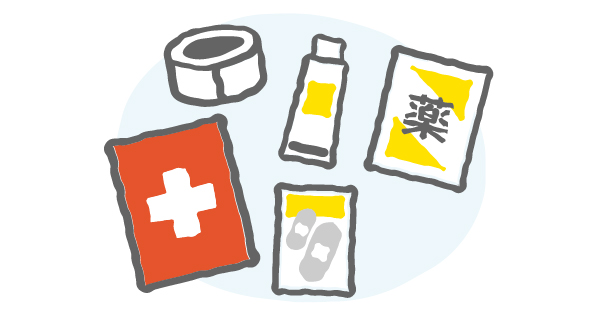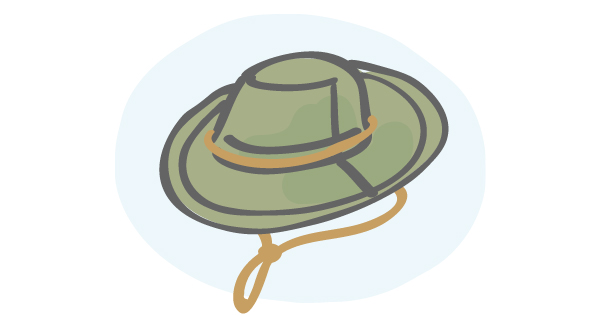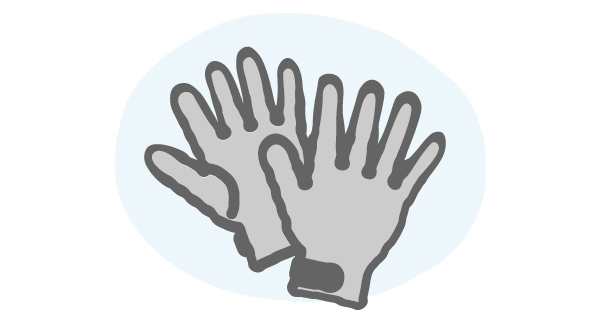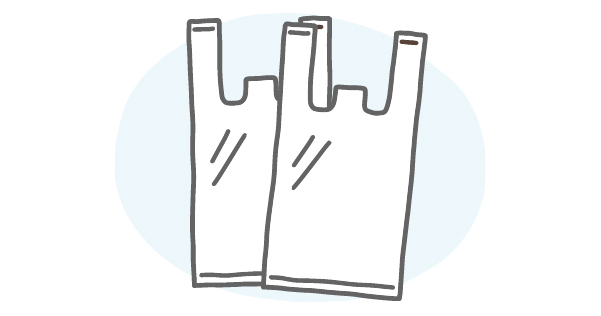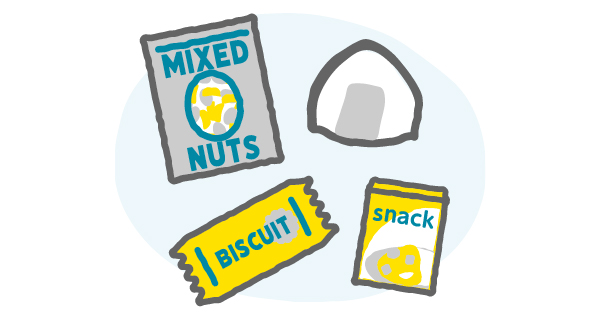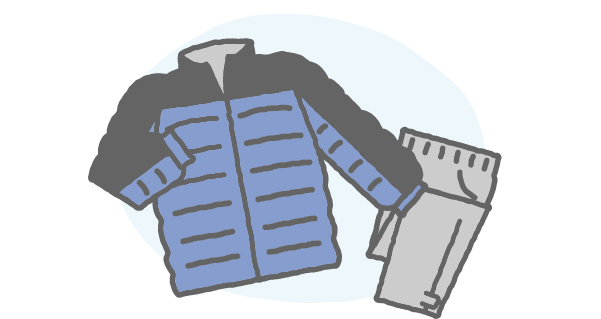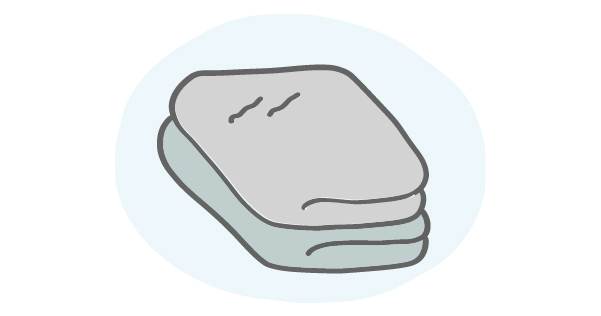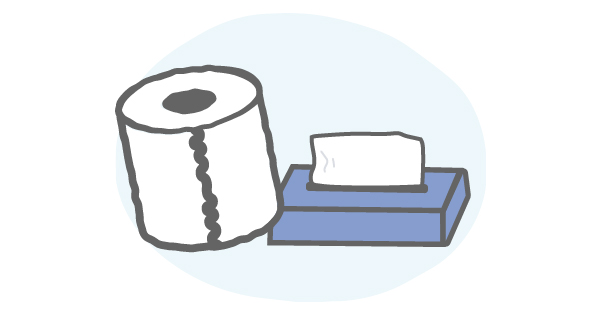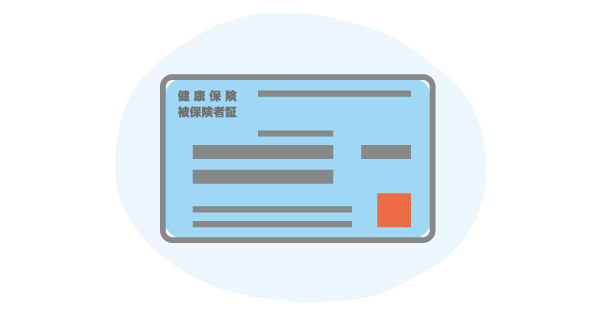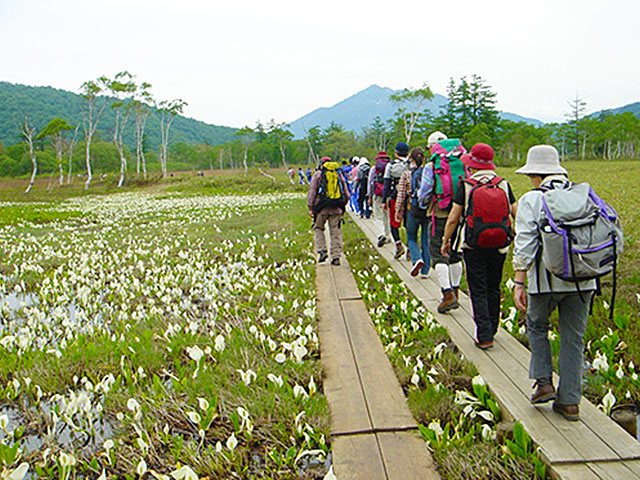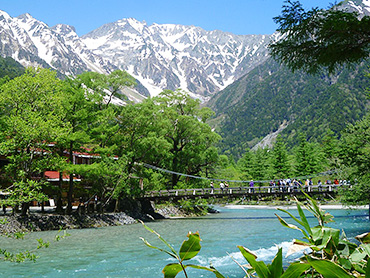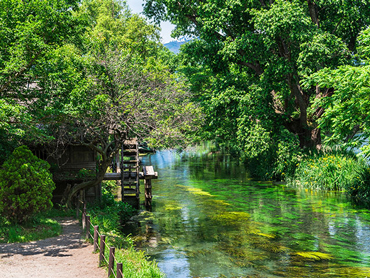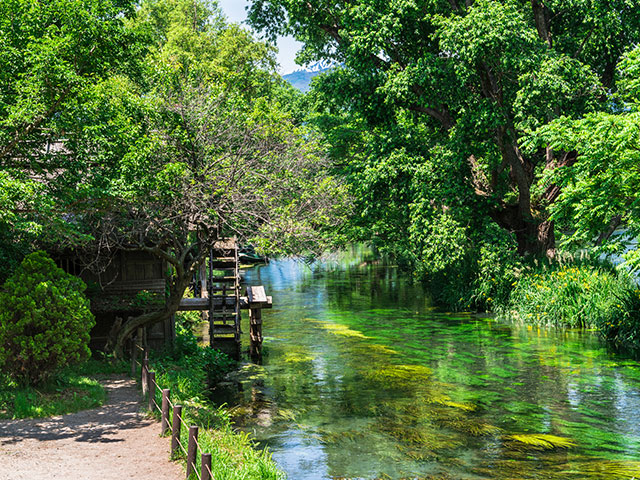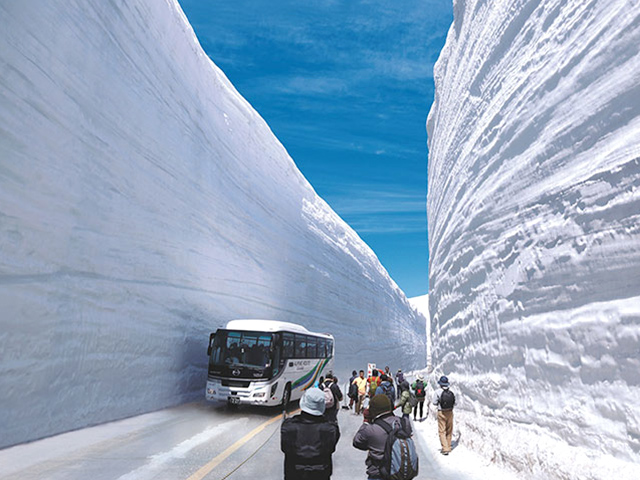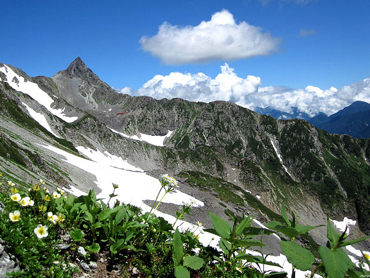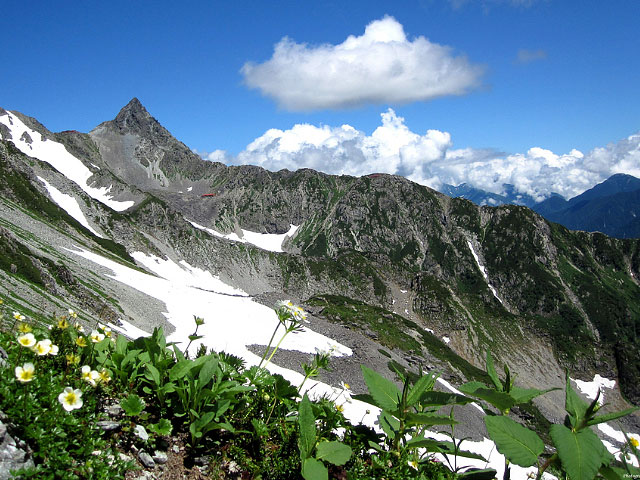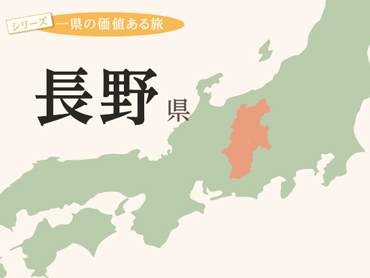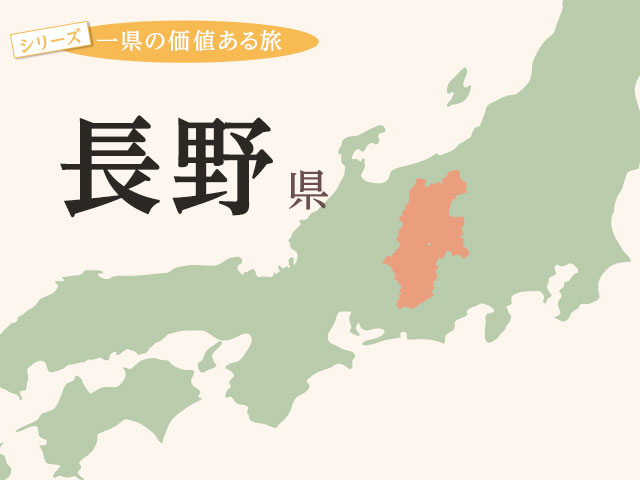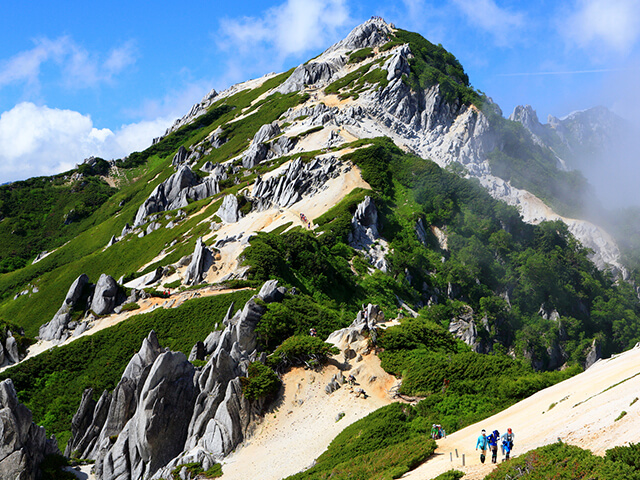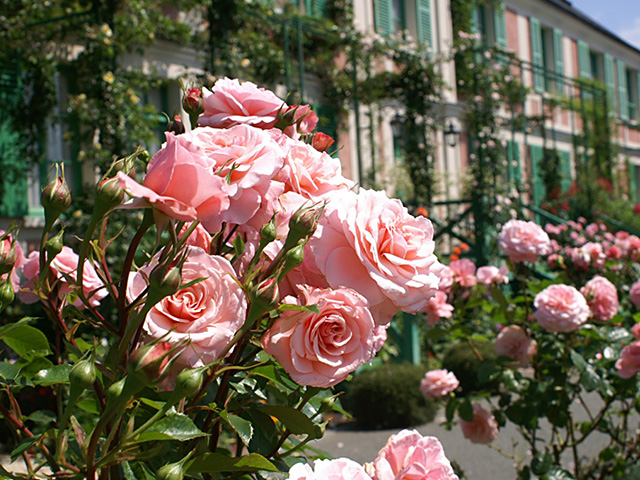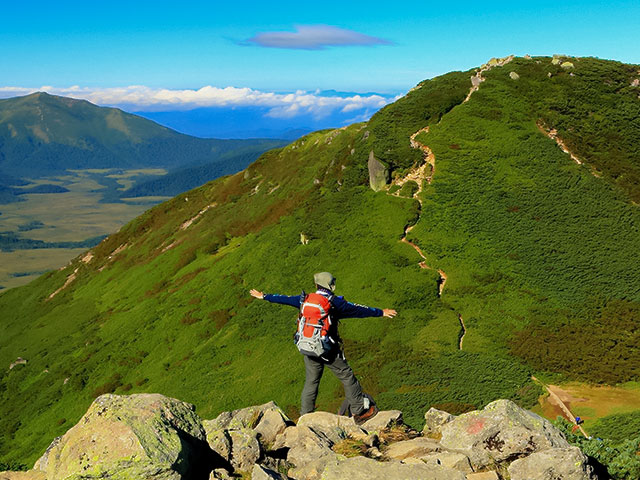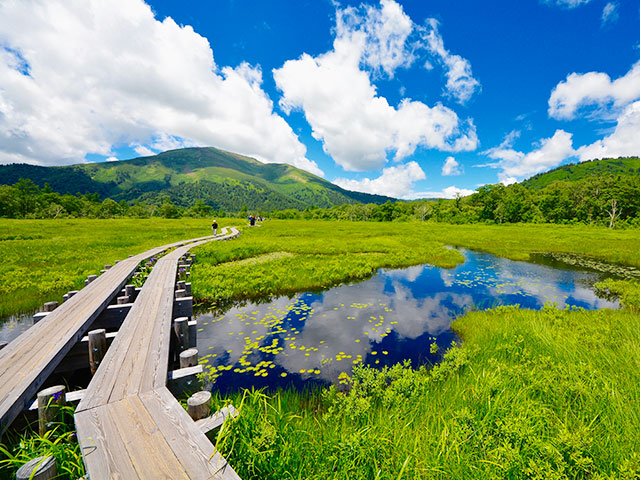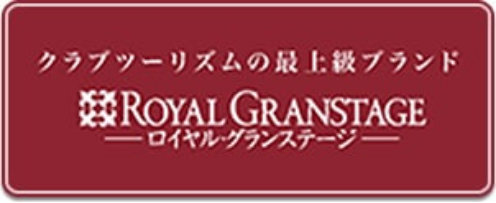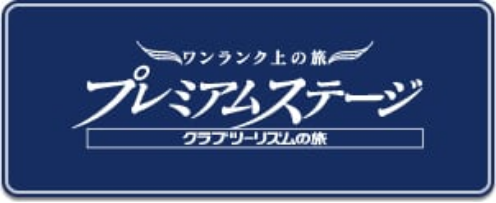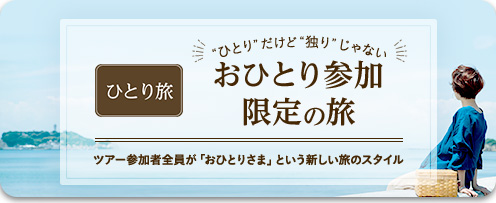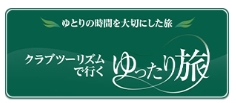Senjojiki Cirque Tour Temperature, Clothing and Items to Bring


Club Tourism to go for information on sightseeing spots around Senjojiki Cirque for your Senjojiki Cirque trips and tours! Our tour guides and staff will be happy to help you. Take the ropeway to Senjojiki Cirque located at an altitude of 2,600 meters. We introduce recommended tours to Senjojiki Cirque, where you can enjoy alpine plants in the summer and autumn leaves in the fall. Tour search and reservations are also easy.
Basics of clothing and belongings
Basic clothing

ハイキング・登山の服装の基本は重ね着です。厚手のものはあまり必要ありません。 ハイキング・登山時のウェアには、コットン(綿)素材のものは避けたほうがよいでしょう。コットン素材は汗をかいた時に水分を吸収しやすく、なかなか乾きづらいからです。いつまでも濡れたままの状態だと体温が奪われ、体力の消耗が激しくなるばかりではなく、時には低体温症になる危険性があります。そこで、濡れてもすぐに乾き、暖かい素材として、化学繊維(ポリエステル)やウール素材がおすすめです。夏のように暑い時期にはポリエステル、秋などの肌寒いときにはウール素材が最適です。
最低量をコンパクトにまとめ、暑くなれば服を脱ぎ、寒くなれば服を重ね着するなどして、温度を調節することが大切です。
What you need:
This is the bare minimum of equipment. The following is intended for summer mountain climbing. Be sure to be fully prepared as needed before embarking on your hiking or mountain climbing adventure.

登山靴
くるぶしまでしっかりとカバーする専用靴。ゆっくり時間をかけて自分の足にジャストフィットするものを選ぼう。

ザック
日帰りのハイキング・登山であれば、デイパック型(20~30Lくらい)が適当。雨対策としてザックカバーも忘れずに用意しよう。

雨具(レインコート)
上下セパレートタイプ。ゴアテックスなどの透湿・防水効果素材がオススメ。防寒着の代わりにも!欠かせない重要な装備。
シーズン別・気温と服装・持ち物
千畳敷カールの気温は、夏真っ盛りの7、8月の最高気温でも20℃くらいの涼しさ。厳冬の2月には最低気温が-20℃を下回ります。そのため、冬はもちろん、夏においても平地の気温に合わせた服装で登ると、大変な目にあうことになります。山を決して甘く見ず、平地の服装よりも厚着をしていくか、重ね着できる服を必ず持参しましょう。
春(4月・5月・6月頃)
おすすめの服装
長袖の服、ジャンパー、雪がついても良い滑りにくい靴


夏~秋(7月・8月・9月・10月頃)
おすすめの服装
長袖のシャツ、長ズボン、帽子、パーカーやカーディガンなどの羽織り(薄すぎないもの)、運動靴(登山靴かキャラバンシューズがおすすめ)、雨具


冬(11月・12月・1月・2月・3月頃)
おすすめの服装
ダウンジャケット、セーター、手袋、ニットキャップ、厚手の靴下、ブーツなど ※すみずみまで防寒をしっかりと


※千畳敷の平均気温と積雪量は中央アルプス駒ヶ岳ロープウェイ、東京の平均気温は気象庁調べ(2023年)

